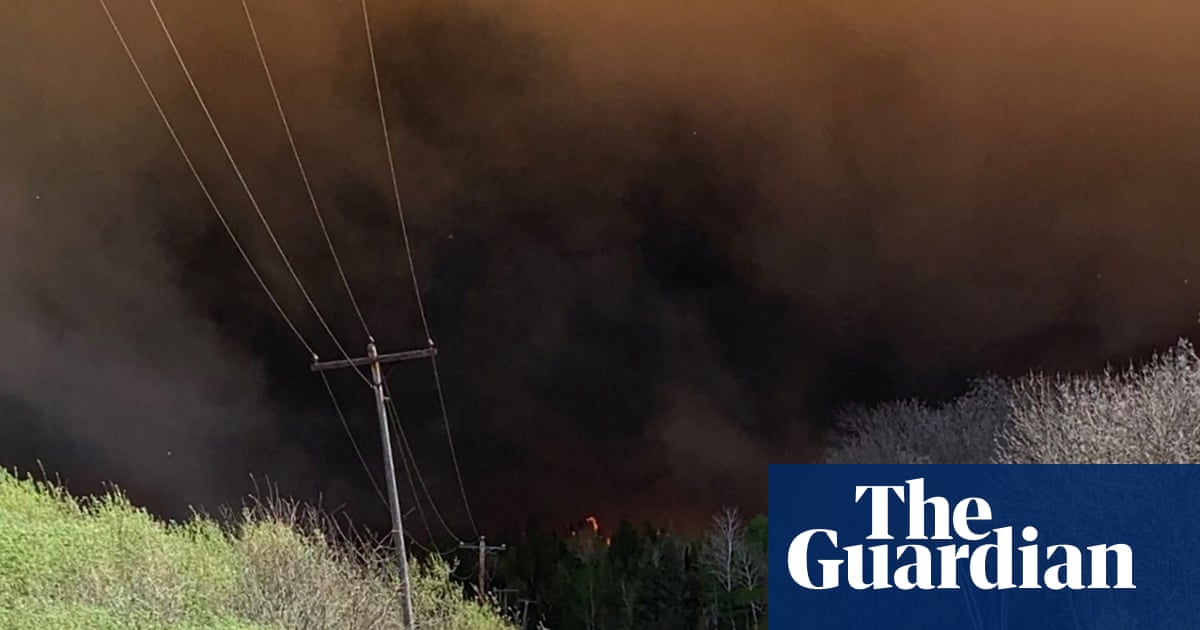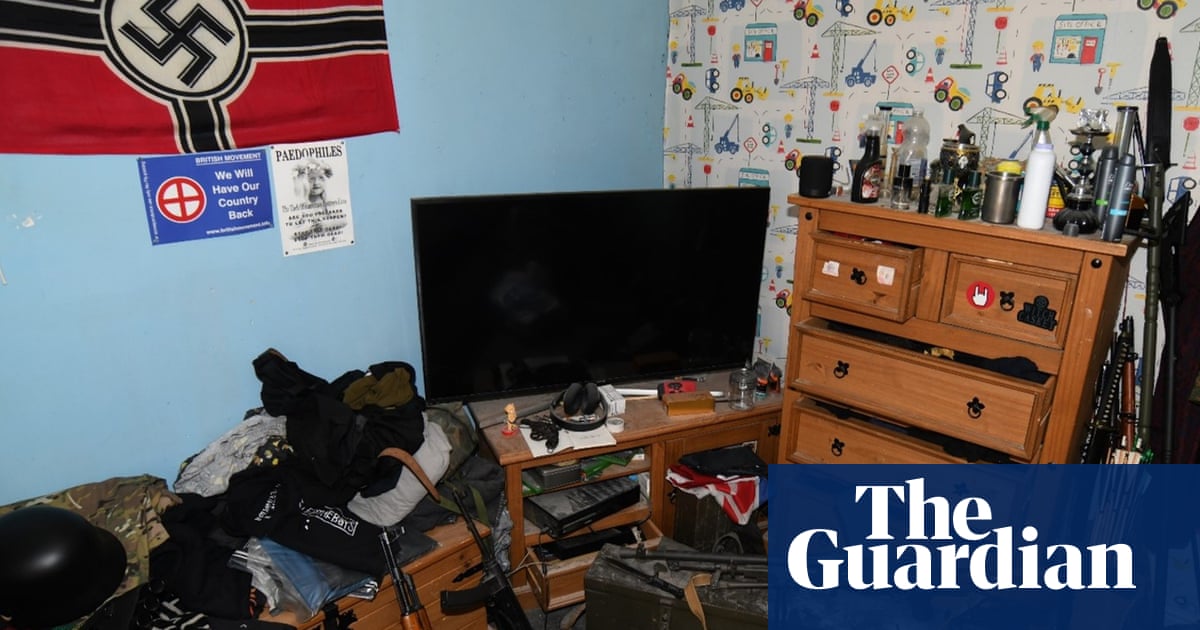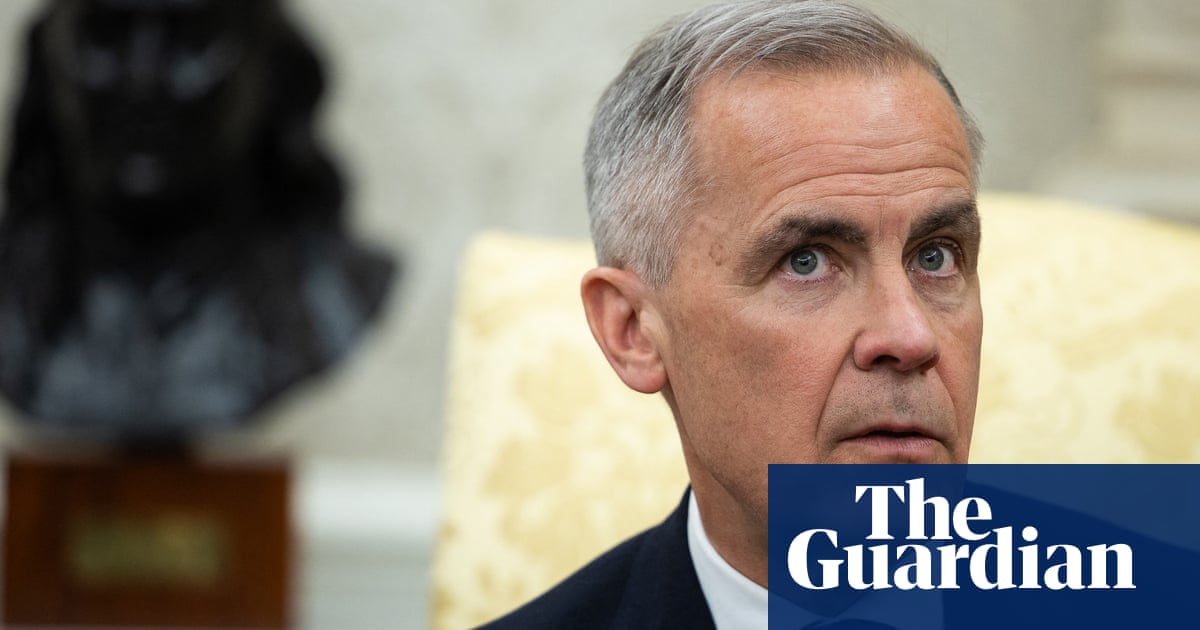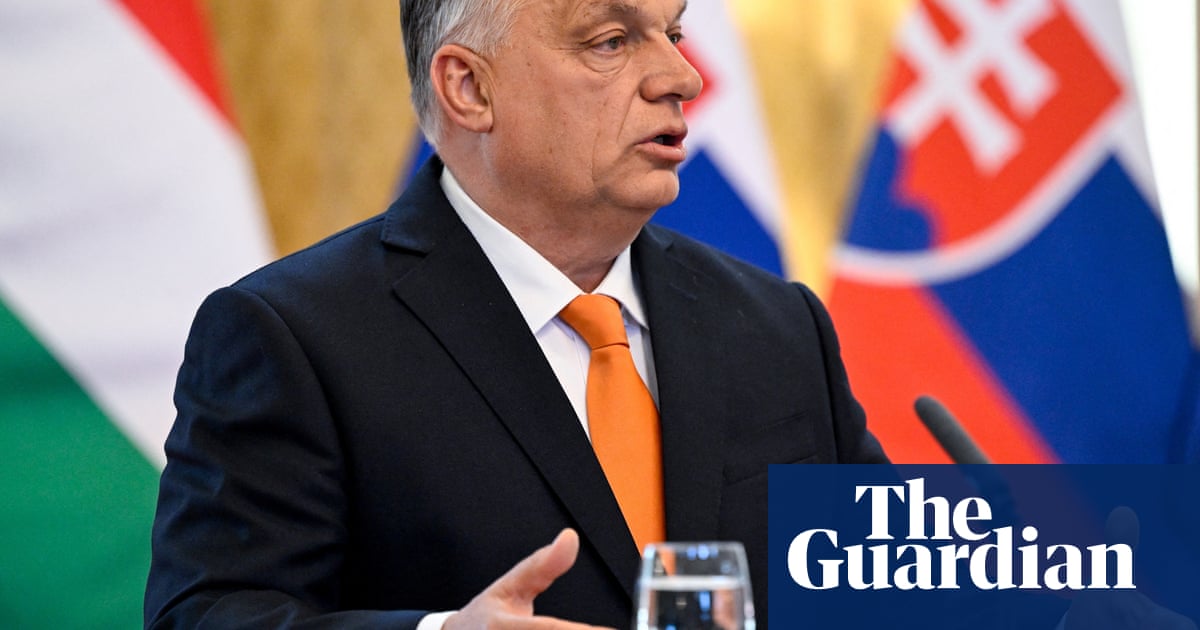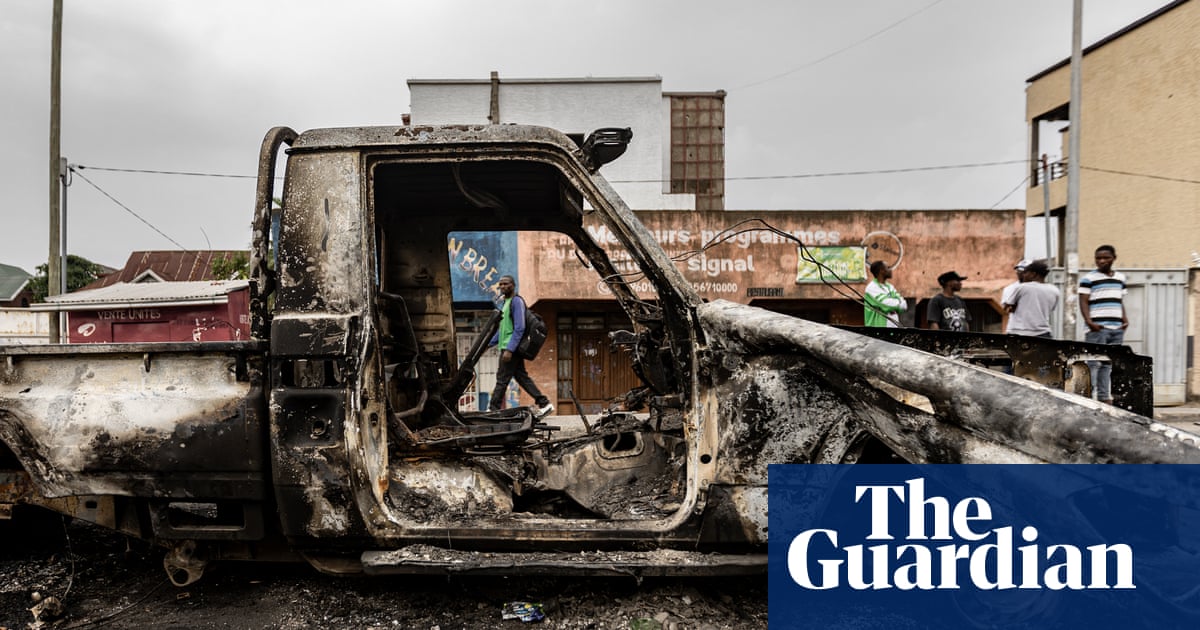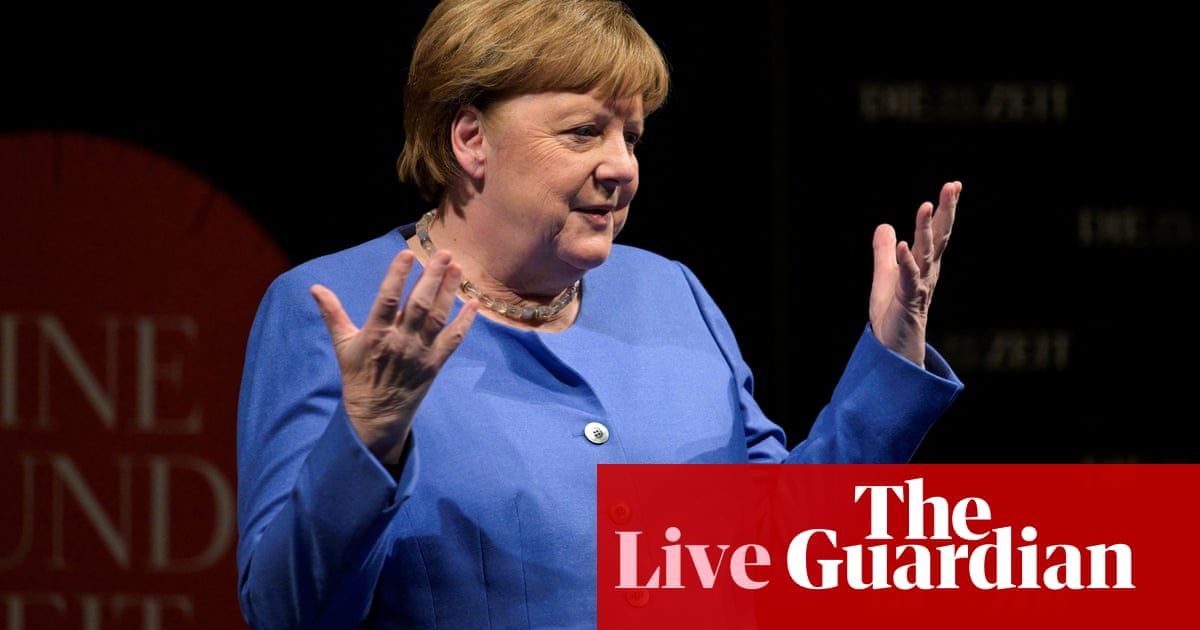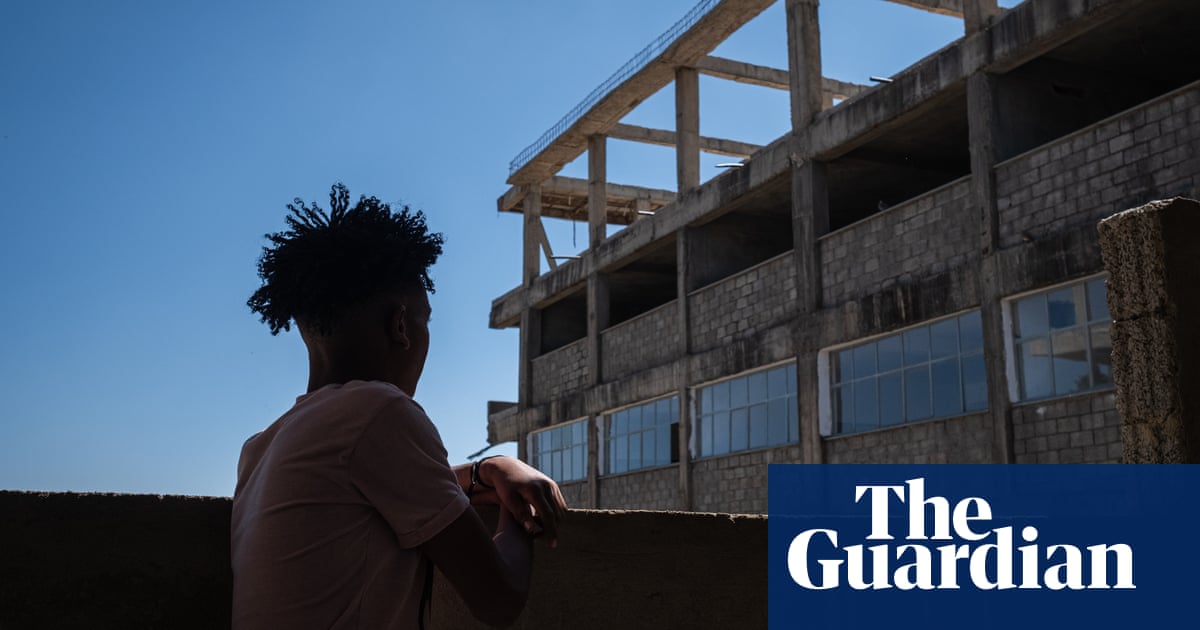Against the pleas and protests of hostage families desperate to secure the release of their loved ones, the Israeli government is moving ahead with the military occupation of the Gaza Strip. On 2 April, the defence minister, Israel Katz, announced plans to seize large areas of Gaza with the aim of eliminating Hamas’s remaining infrastructure and establishing new security zones that will split Gaza in two. This escalation, which began in mid-March with intensified airstrikes, is intended to encourage a mass exodus of the local population, and has led to substantial civilian casualties.
Despite the international outcry over more than 50,000 deaths, 110,000 civilian injuries and significant displacement of Palestinians, the Israeli government rationalises and justifies these moves as necessary for security against an undefeated Hamas. Ultimately, though, Israel’s actions imperil the fragile ceasefire negotiations, its broader credibility and wider hopes for a political process to end the conflict. In reality, this would be the only viable path to stability and security.
As it stands today, the ceasefire brokered in January 2025 with mediation from the US, Egypt and Qatar has in effect collapsed. The deal that was presented as a three-part process was always seen as being tenuous. The prisoner exchange and hostage release alongside a phased Israel military withdrawal proceeded with fits and starts, leading to the completion of the first stage in early March. During that period, 33 of the hostages were released to a traumatised Israeli public. Hamas made a display of the release of Israelis as part of a grotesque propaganda campaign to showcase their continued survival.
Buoyed up by President Trump’s statements of support for Israel – including the outlandish proposal to create a riveria in the Middle East through the displacement of Palestinians – Benjamin Netanyahu, as expected, proved unwilling to move to the next phase of the ceasefire, which would have seen negotiations over a permanent cessation of hostilities. Instead, the government is using harsh military tactics to press Hamas to release the remaining 59 captives, 24 of whom are believed to be alive.

Netanyahu also has a number of personal and political motivations driving the military campaign. He remains under pressure from far-right factions in his cabinet that oppose moving to the second phase of the ceasefire and instead seek to expand Israel’s security through the creation of buffer zones and land grabs. Indeed, the government has recently approved the expansion of more settlements in the West Bank. With Netanyahu facing wider domestic criticism and legal pressures, the war provides a rallying narrative and a distraction from the scandal and corruption within his office.
Israel returning to Gaza to “get the job done” delays any political reckoning for its own security failures. The creation of a permanent corridor inside Gaza’s northern and eastern edges is officially intended to prevent future cross-border attacks. While Israel maintains that it does not seek permanent governance over Gaza, its operations indicate a significant shift toward long-term control over security in the territory.
The physical occupation of certain zones is said to be the only way to ensure that Hamas can’t regroup. But it is also clear that the Israeli government aims to stymie any reconciliation process between Hamas and the Palestinian Authority in the West Bank. By focusing on eradicating Hamas and refusing to deal with it politically, Israel has clear ambitions of reordering the fractured Palestinian leadership.
The broader and bigger challenge is that Israel refuses to articulate or engage over a clear postwar governance plan. In March, Arab states presented a plan for reconstruction and redevelopment of Gaza in which Hamas would cede power to a transitional technocratic government while the Palestinian Authority was reformed. However, this plan was immediately rejected by Israel and the Trump administration as unrealistic.
Amid this military escalation and political stalemate, strained negotiations continue to be led by Egypt and Qatar, which are trying to revive discussions with a new proposal involving a full hostage release in exchange for a permanent ceasefire. Rebuffing this proposal, Israel has presented a counter offer under which Hamas would release about half of the hostages who are still alive and some of the dead hostages in exchange for a 40-day ceasefire. By refusing to commit to a formal end of the conflict, let alone discuss what comes next, Israel clearly intends to use military pressure to force its unknown endgame. As of now, it appears to be the permanent reoccupation of the Gaza Strip. In the absence of serious and persistent regional and international attention and pressure, this outcome will not result in a ceasefire, or pave the way towards a meaningful political process.
-
Sanam Vakil is a senior research fellow in the Middle East and North Africa programme at Chatham House
-
Do you have an opinion on the issues raised in this article? If you would like to submit a response of up to 300 words by email to be considered for publication in our letters section, please click here.

 1 month ago
24
1 month ago
24




